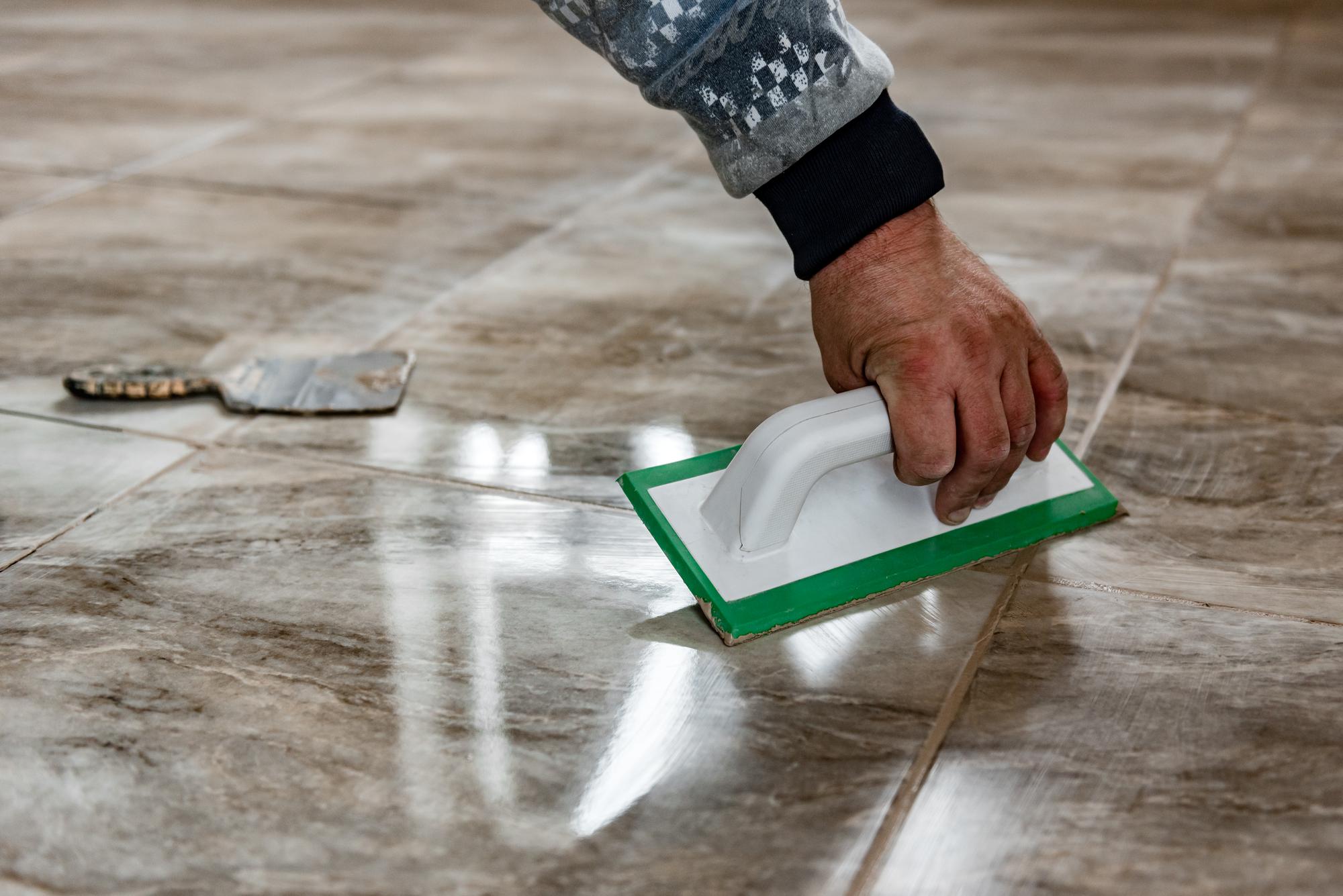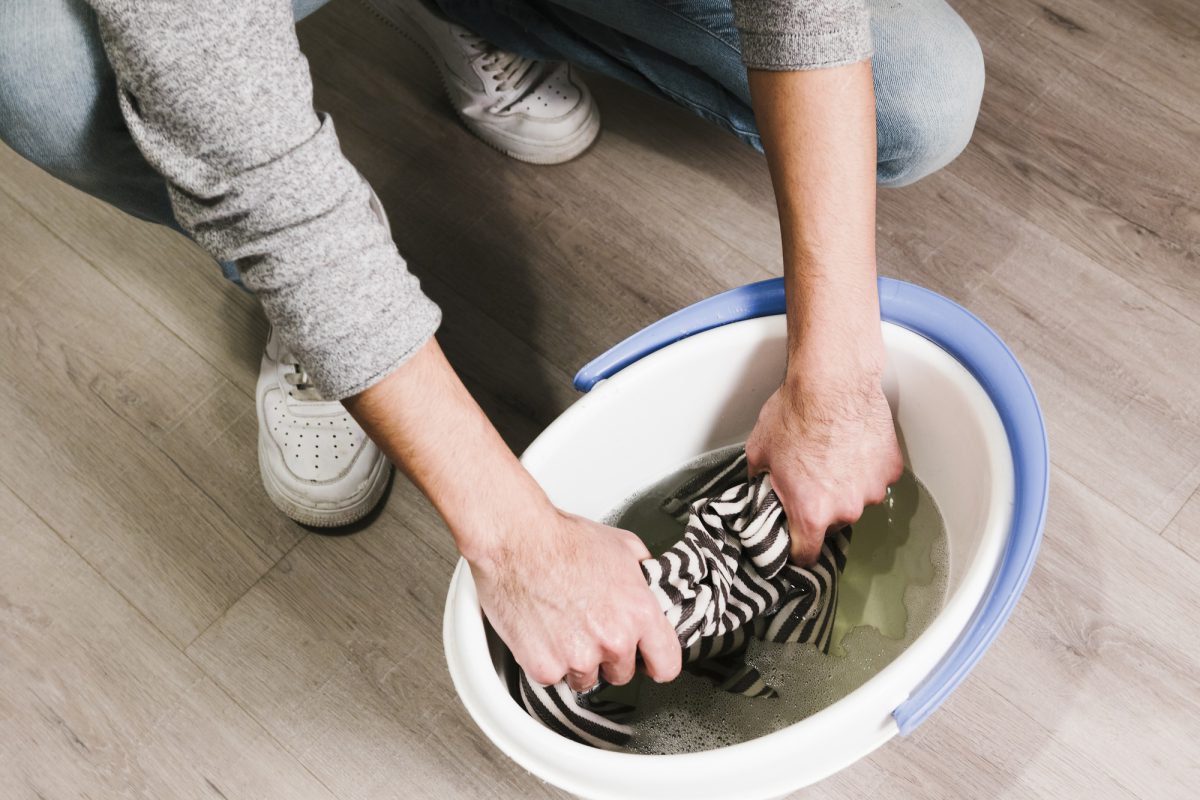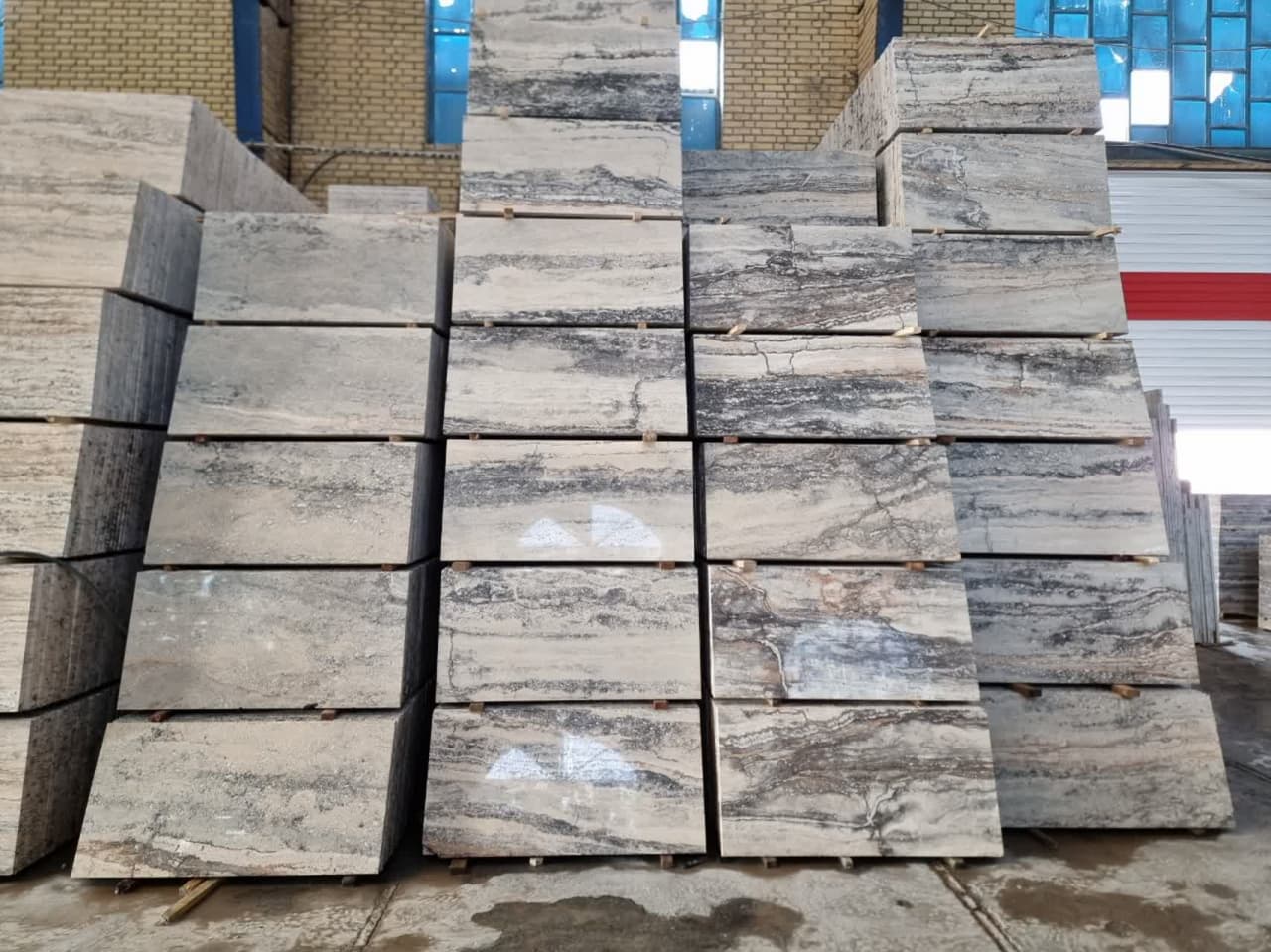Welcome to the ultimate guide on how to care for silver travertine. Silver travertine is a stunning natural stone, prized for its unique patterns and versatility. To keep its beauty intact, proper care is essential. This comprehensive guide will explore various aspects of maintaining and preserving silver travertine surfaces.
1-Regular Cleaning Routine of silver travertine
Creating an effective and consistent cleaning routine is pivotal in the comprehensive care of your exquisite silver travertine. This meticulous approach goes beyond mere maintenance; it becomes a dedicated effort to safeguard the stone’s inherent elegance over the long haul.
To initiate this commitment to preservation, opt for a pH-neutral cleaner tailor-made for natural stones. This strategic choice is not just a suggestion but a fundamental principle in shielding your silver travertine from the corrosive effects of harsh chemicals. These substances can mar the surface, eroding its natural luster and compromising its visual appeal.
Incorporating regular sweeping or vacuuming into your cleaning regimen transcends removing visible debris. It’s a proactive measure aimed at preventing the gradual accumulation of dirt and grit, which, left unattended, can transform into abrasive elements capable of inflicting scratches on the surface.
View this routine as a care ritual akin to nurturing a prized possession. Just as you attend to the needs of something valuable, committing to a regular cleaning cadence ensures that your silver travertine remains a captivating centerpiece in your living spaces. So, with a pH-neutral cleaner in hand and the gentle sweep of a broom or vacuum, watch as your silver travertine continues to radiate its timeless charm.

2-Silver Travertine from Harmful Cleaners:
When cleaning your silver travertine, choosing cleaning agents is a critical factor that can significantly impact the stone’s longevity and aesthetic appeal. Avoid harsh chemicals, acidic or alkaline cleaners, and ammonia or bleach products. The potential consequences of using such substances are dire—they can etch or corrode the delicate surface of the stone, leading to a loss of its natural luster and unsightly discoloration.
To preserve your silver travertine’s pristine appearance and ensure its enduring beauty, opting for gentle, pH-neutral cleaning solutions is imperative. Using a pH-neutral stone cleaner or a mild dish soap mixed with water proves to be an informed choice. This approach effectively cleans the surface without causing any harm, allowing your silver travertine to continue shining as a captivating focal point in any space. Make the wise choice in cleaning, and your silver travertine will endure and thrive as an enduring symbol of elegance in your environment.
3-Stain Management for Silver Travertine:
Prompt action is pivotal to thwart potential damage when spills occur on stone surfaces. Instead of hastily wiping the spill, a practice that could exacerbate the situation by spreading the liquid and driving it into the stone’s pores, opt for a more cautious method. Immediately blot the affected area with a clean, soft cloth to absorb the liquid swiftly and mitigate the risk of staining or etching.
When dealing with acidic substances such as citrus juices, vinegar, or wine, particular diligence should be exercised. These items can react with the calcium carbonate in travertine, leading to etching. By promptly addressing spills using the blotting method and refraining from wiping, homeowners can safeguard the pristine appearance of their stone surfaces. This proactive approach not only prevents immediate damage but also contributes to the long-term longevity of the stone, ensuring it remains an enduring and elegant feature in any space.

4-Avoid Dragging Heavy Objects on silver travertine:
To maintain the exquisite allure of silver travertine, it’s imperative to refrain from dragging heavy objects across its surface. This exemplary practice is crucial to prevent potential damage, including unsightly scratches and lasting harm to the stone. Instead, opt for more careful alternatives such as lifting and repositioning heavy items when necessary.
Dragging heavy objects on silver travertine poses a significant risk, as it can result in visible damage that may compromise the stone’s natural beauty. This can detract from its luster and leave lasting marks that are challenging to rectify. By adopting a mindful approach and avoiding dragging heavy objects, you contribute to the longevity of your silver travertine, ensuring it remains a captivating focal point in your space.
5-Sealing Silver Travertine: A Shield for Longevity
Sealing silver travertine is a pivotal step in its care regimen, offering a protective shield that enhances its resilience and longevity. Here’s what you need to know about the process of sealing silver travertine:
Importance of Sealing: Silver travertine, like many natural stones, is porous and susceptible to staining. Sealing creates a barrier on the surface, preventing liquids and contaminants from penetrating the stone and causing damage.
When to Seal: Sealing silver travertine is recommended shortly after installation and periodically afterward. The frequency depends on factors such as usage, exposure to the elements, and the type of sealer used. A general guideline is to reseal every one to two years for optimal protection.
Choosing the Right Sealer: Select a high-quality sealer designed for natural stone, preferably one formulated for travertine. Penetrating sealers are often recommended for silver travertine as they absorb into the stone, providing adequate protection without altering its natural appearance.

Application Process:
1-Before sealing, ensure the surface is clean and dry.
2-Apply the sealer evenly using a soft brush, roller, or sprayer.
3-Allow the sealer to penetrate the stone for the specified time, then wipe off any excess.
4-Follow the manufacturer’s instructions for the specific sealer you choose.
Testing Absorption: To determine if your silver travertine needs resealing, perform a water absorption test. Sprinkle water on the surface – the sealer is still effective if it beads up. If the water is absorbed, it’s time to reseal.
Sealing silver travertine is an investment in its longevity and aesthetic appeal. Following these guidelines, you create a protective barrier that safeguards the stone, ensuring it radiates its natural beauty for years.
Conclusion:
Caring for silver travertine is an art that combines knowledge, diligence, and the right products. Following the outlined guide, you can ensure your silver travertine surfaces remain timeless and elegant in your living spaces.

 Marble
Marble